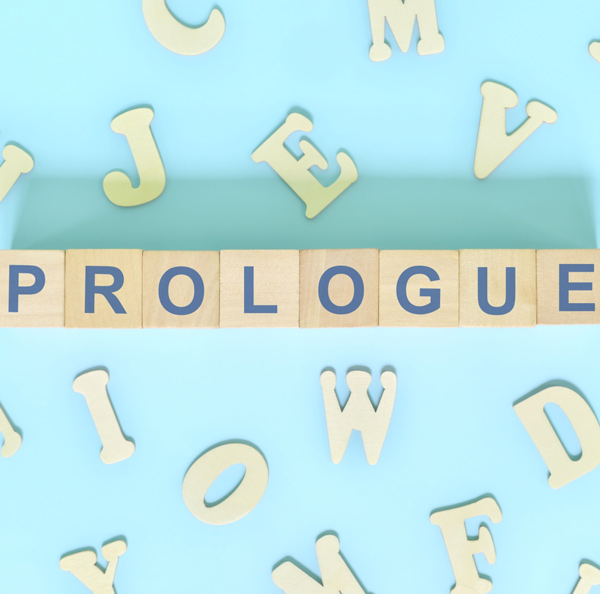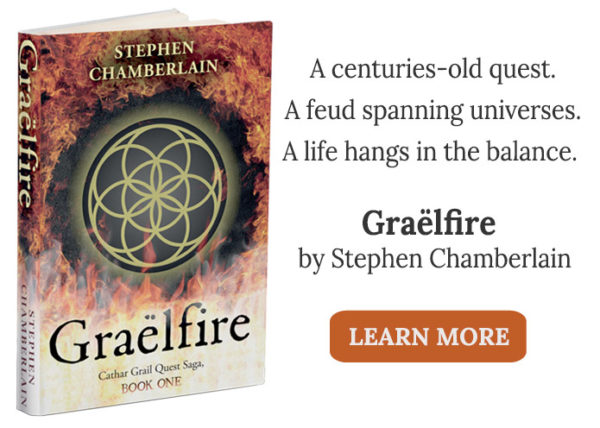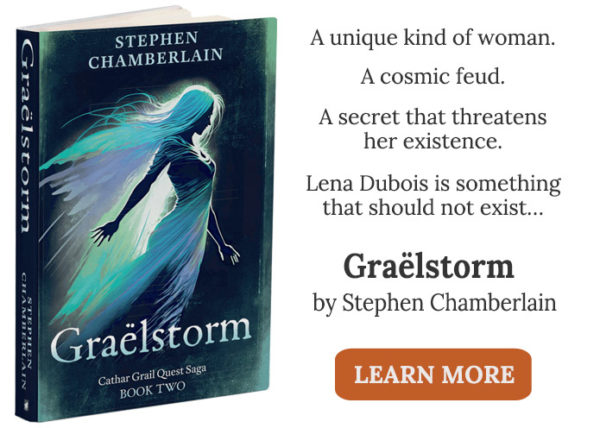“What is past is prologue.” – William Shakespeare
What is a Prologue?
Authors and filmmakers use prologues as introductions to a story. Prologues focus on events that occurred prior to the main narrative to provide background and context. J. R. R. Tolkien, J. K. Rowling, Terry Pratchett, and George R. R. Martin all wrote prologues for The Lord of the Rings, Harry Potter and the Philosopher’s Stone, The Colour of Magic, and Game of Thrones, respectively.
Pros and Cons of Prologues
Done well, prologues introduce a reader to a novel’s world, its historical context, characters, rules, or setting. They often dramatize backstory and establish a book’s genre, mood, and tone. Some prologues act as a teaser scene, foreshadowing conflict to come. All of these can help a writer set up their plot and whet a reader’s appetite for the narrative that follows.
While not all prologues are bad, they can have drawbacks. Prologues disrupt the linear progression of the narrative and often focus on events and characters that are not part of the primary plot. This may slow the story or overwhelm a reader with superfluous and backward-looking information before they get to the main storyline. Executed poorly, the transition from prologue to main story can cause a jarring shift in time, perspective, or tone that creates a disjointed reading experience, thus impeding immersion in the fiction.
While some authors swear by the effectiveness of prologues, their usage is out of vogue with many in today’s publishing industry. Opponents judge it better to plunge the reader into the present of the plot, with its main characters involved in action, facing danger, or on the horns of a dilemma. They prefer to reveal exposition and backstory through character point of view, dialogue, internal thoughts, or flashback scenes, and only when it is necessary to understand the plot or a character’s motivation.
Personally, I don’t mind prologues as long as they’re short and hook my attention. Take the iconic sequence of the movie Star Wars: Episode IV – A New Hope, which begins with “A long time ago in a galaxy far, far, away …,” before giving way to the opening crawl text that describes the backstory and context of the movie. This prologue is short, and then we are immediately thrown into a scene where Princess Leia’s spaceship is being chased and attacked.
Are Prologues Necessary?
I composed a prologue when I began writing my fantasy novel Graëlfire, which is part one of The Cathar Grail Quest Saga. The main plot follows a present-day quest for this Grail. An earlier medieval quest forms a historical subplot. When these two timelines collide, the protagonists become embroiled in a cosmic vendetta where malevolent forces eight hundred years in the making propel them to a deadly showdown.
Graëlfire is based on the popular myth that the medieval heretical Cathars were custodians of the Holy Grail. It is said that as the Inquisition advanced to besiege their stronghold at Montségur in France, they shifted the Grail to a secret location where it remains hidden to this day. For more details about the Cathars and their beliefs, check out my website blog.
Events at Montségur inspired my intended prologue to Graëlfire. In my book, the Grail takes the form of a cosmic stone that Cathars call The Heaven Stone. According to my story, Cathar holy men smuggled the Heaven Stone out of France, bringing it to the Cathar community in Italy and eventually over the Alps to Switzerland, where they hid it in a sanctuary. The only hint they left behind about its whereabouts was a mysterious quatrain and the last confession of a Cathar holy man. I based this holy man on a real Cathar, Guillaume Bélibaste, and my prologue follows his journey to betrayal and execution as a heretic. While travelling, he tells one of his flock about the Cathar Grail’s flight from Montségur and reveals his role in conserving its secret location.
Initially, I wanted to use a prologue to dramatize this backstory—to show rather than narrate my Grail quest’s historical context. But I decided not to open the story in the past. While Graëlfire involves a medieval subplot, its focus is on the modern-day quest. Starting the book with a prologue set in the Middle Ages could mislead readers into thinking it is a historical novel and make them invest in characters who appear and then disappear. Instead, I abandoned the prologue. I began the novel in the here-and-now before introducing the medieval subplot, and I wove the Grail’s backstory into scenes throughout the narrative. By grounding my readers in the present before shifting them to the past, I was better able to engage them with the novel’s main characters and storyline.
Prologues can be a powerful storytelling tool, but writers should evaluate their impact on the story at hand. Whether to include a prologue ultimately depends on the specific needs of the plot and the target audience. By understanding the advantages and disadvantages of prologues, authors can make informed decisions about how to engage and captivate their readers right from the start.



